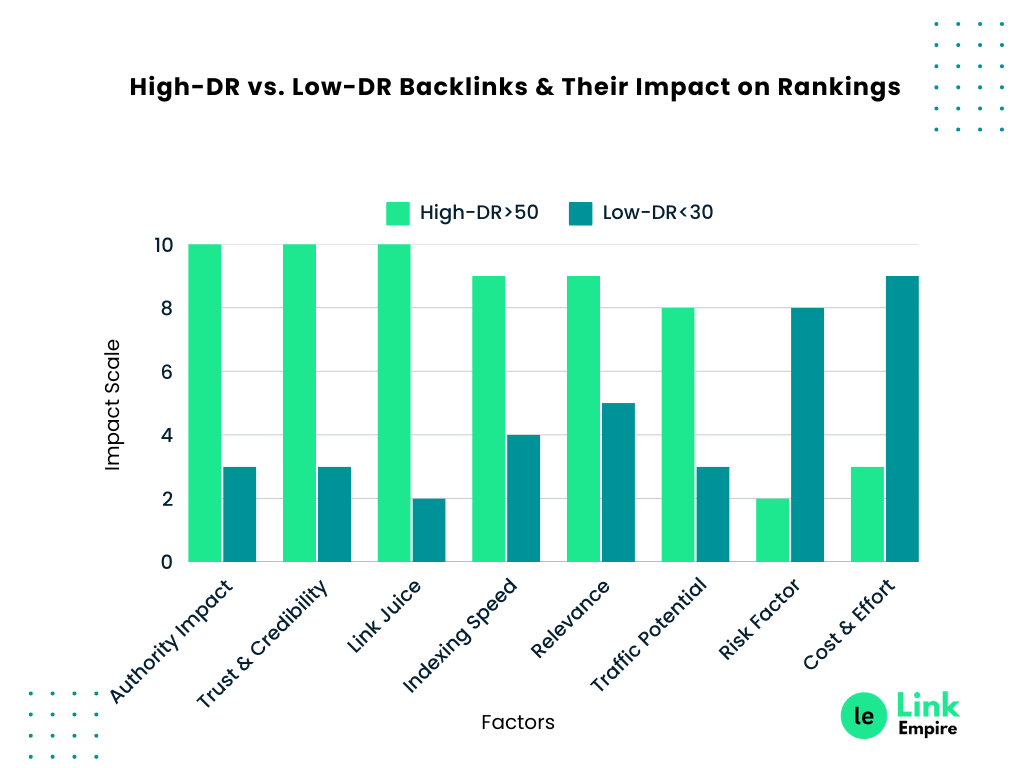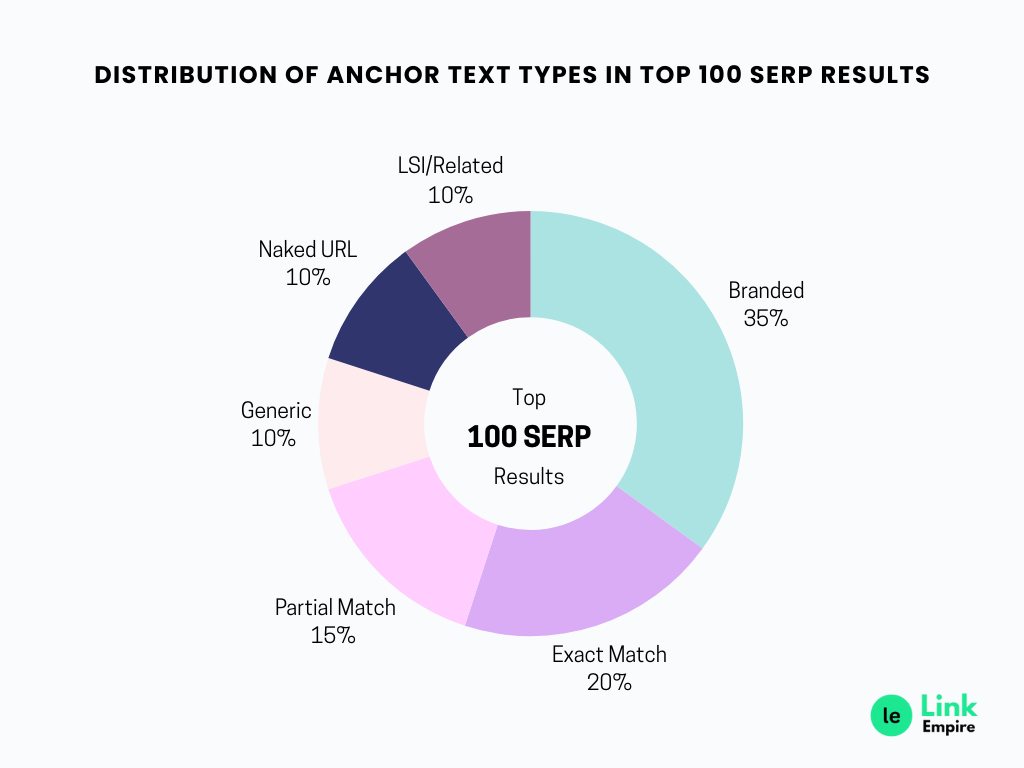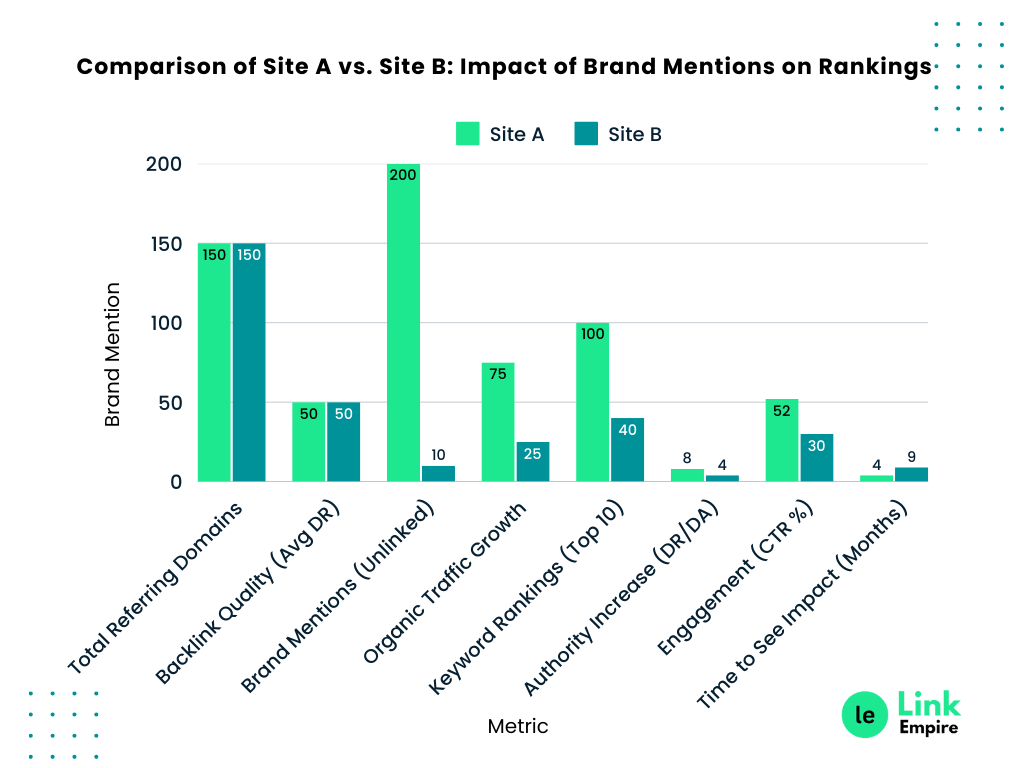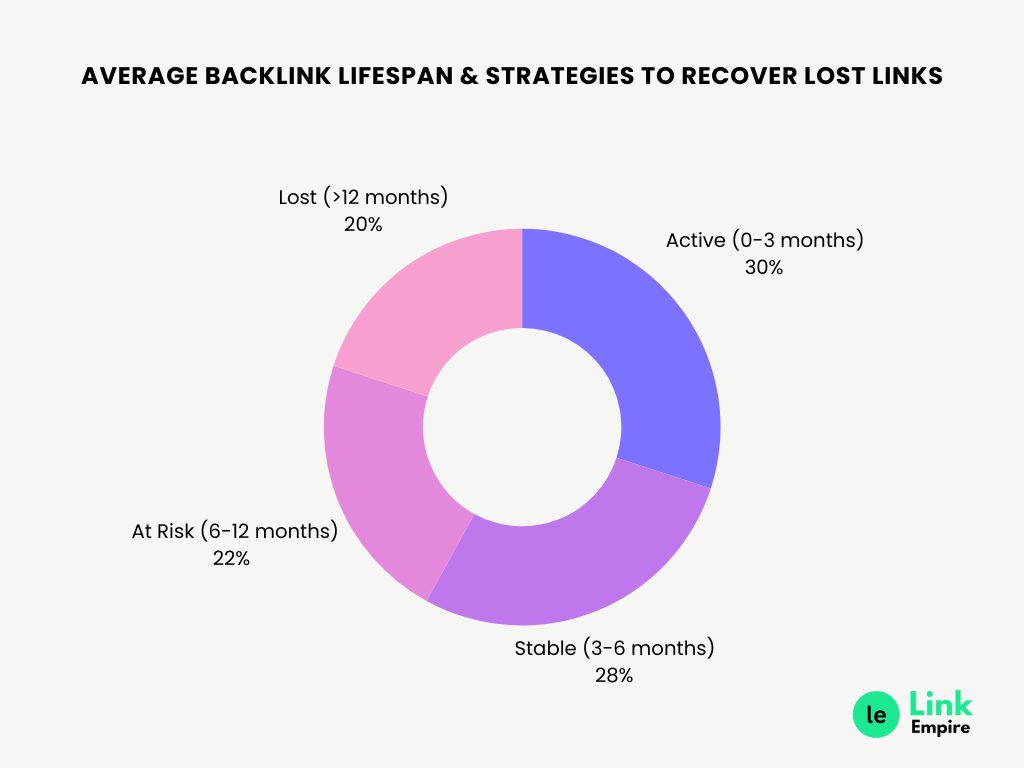In 2025, link-building remains one of the most effective SEO factors for getting your website to rank in a higher position on search engines. This state of backlinks report is the result of a year-long analysis of thousands of websites, compiling extensive data and insights into backlink trends, best practices, and emerging SEO opportunities.

- Backlinks remain a crucial ranking factor in Google’s algorithm.
- This report analyzes 5 million backlinks to uncover trends, best practices, and SEO opportunities.





Methodology: How We Build This State of Backlinks
- Data Source: We have analyzed backlinks from 10,000 websites using Ahrefs, Moz Link Explorer, and custom web crawlers.
- Time Frame: Data collected from January 2024 to December 2024.
- Metrics Considered:
- Domain Authority (DA / DR / TF)
- Anchor Text Distribution
- Dofollow vs. Nofollow Ratio
- Broken Links & Lost Backlinks
- Link Acquisition Trends (Guest Posts, HARO, Editorial Links, etc.)
These metrics formed the foundation of our in-depth analysis, helping us identify actionable insights and evolving link-building patterns.
Key Findings: What the Data Reveals About Backlinks in 2025
We implemented four key factors to evaluate backlinks effectively and extract accurate, data-driven conclusions from our study.
1. The Backlink Quality Shift: Are High-DR Links Still King?
The study shows that the top-ranking websites at least have one backlink from the average of DR50+, which the lower-ranking websites don’t. This can tell us that high-quality links still have a high impact on our ranking and SEO performance.
Websites that has more link from high-authority websites will benefit from increasing their creditability, authority, and trustworthiness in search engines’ eyes to provide a better ranking position on their SEPR. A study by Search Engine Land shows that 96% of sites that rank in the top 10 positions have 1000+ backlinks from unique domains.
- Finding: 78% of top-ranking pages have at least one backlink from a DR 50+ site.
- Trend: Sites with fewer but high-quality links outperform those with a large number of low-DR links.



2. Anchor Text Optimization: What Works in 2025?
Websites that are gaining more brand-linking anchor text have more opportunity to rank higher with an average of 35% in total than exact-match anchor text and others. Getting brand mention not only helps you rank on top of SERP but also increases your credibility and the chance of getting more leads and sales.
Consider the statistic that 81% of consumers say they need to trust a brand before they buy the products or services.
- Finding: Branded anchor texts (e.g., “LinkEmpire.io“) are 35% more common in high-ranking pages than exact-match and other anchor texts.
- Takeaway: Google prefers natural and contextually relevant anchor texts over keyword stuffing.



3. The Rise of Unlinked Mentions & Brand Signals
- Finding: Google increasingly associates brand mentions (without links) with authority.
- Trend: Sites that receive unlinked mentions from high-authority domains tend to rank higher.
- Takeaway: Digital PR and brand visibility are just as important as traditional link-building.


4. Link Decay: The Backlink Lifecycle
- Finding: 42% of backlinks disappear within 12 months due to site changes, content updates, or expired domains.
- Takeaway: SEO professionals should monitor and reclaim lost backlinks to maintain ranking stability.


4. Actionable SEO & Link-Building Strategies for 2025
If you’re serious about securing high-quality backlinks and boosting your authority, here’s what you should (and shouldn’t) do in 2025.
 What’s Working Now:
What’s Working Now:
- Authoritative Guest Posting: Focus on quality over quantity.
- HARO & Digital PR: Getting cited in high-DA publications like Forbes, Search Engine Journal, etc.
- Internal Link Optimization: Strengthening site structure for SEO benefits.
- AI-Assisted Content & Link Prospecting: Using AI to identify high-value outreach targets.
 What’s No Longer Effective:
What’s No Longer Effective:
- Mass Link Exchanges & PBNs (High risk of penalties)
- Automated Link-Building Tools (Spammy, ineffective in the long run)
- Over-Optimized Anchor Texts (Can trigger Google penalties)
- Relying Only on Dofollow Links (Nofollow & UGC links are gaining weight in rankings)
5. Conclusion: The Future of Backlinks & SEO
Backlinks still play an important role in SEO in driving organic traffic and improving your brand visibility on search engines, Google still considers backlinks as one of its most important ranking factors to determine the authority of the website and its content.
- The role of backlinks is evolving—Google is rewarding brand authority, topic relevance, and natural link acquisition more than ever.
- SEO pros should focus on quality, digital PR, and long-term link-building strategies instead of quick-win tactics.
Next Steps: How to Apply These Insights




By staying ahead of these trends, you’ll position your site for SEO success in 2025 and beyond.
Share via:

